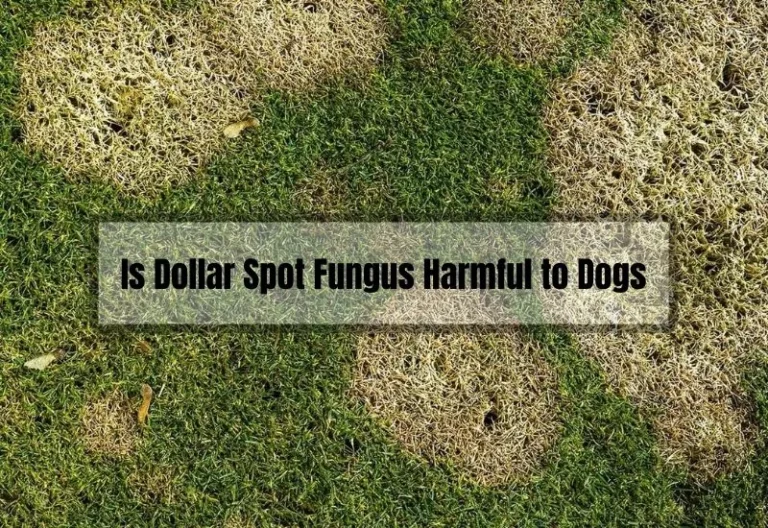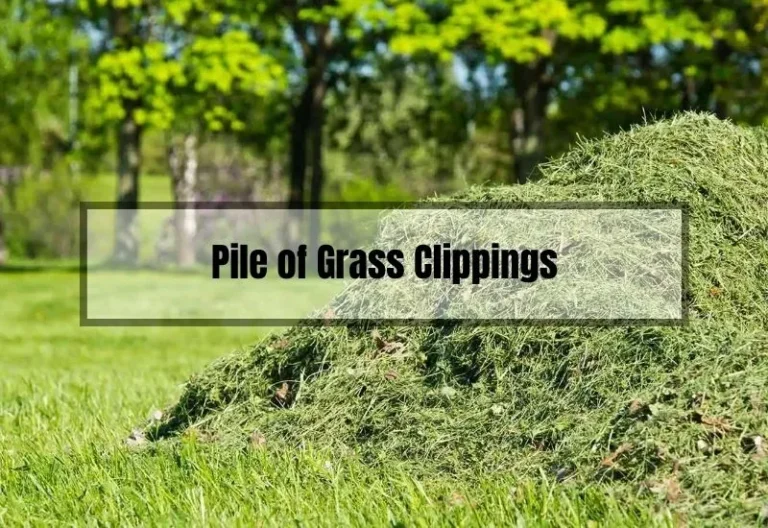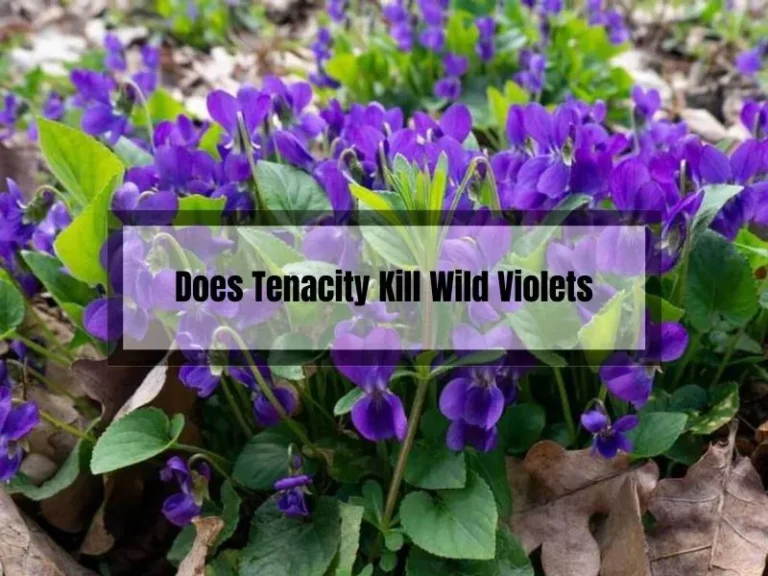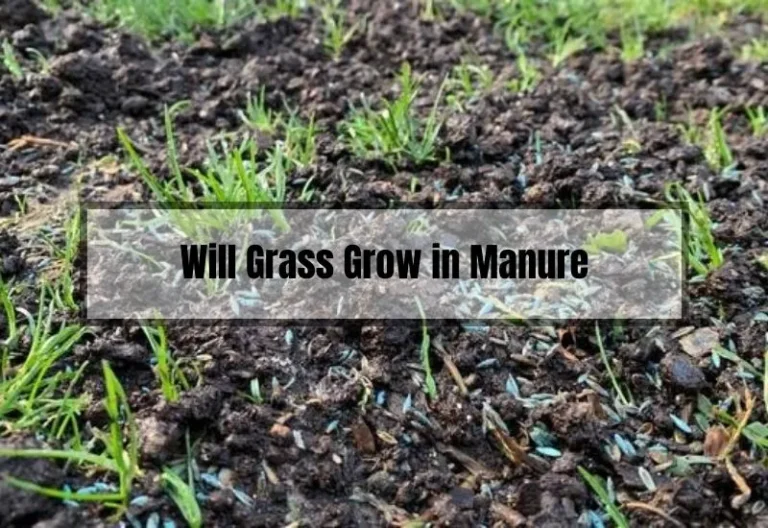Pruning Overgrown Clematis Montana: A Quick Guide to Taming Your Wild Vines
From Louise: Passionate about gardening, I specialize in plant care and flower knowledge. I’m here to share my expertise and assist with your gardening queries. Feel free to ask any questions or seek advice on lawn care—I’ll respond within 24 hours!
Pruning an overgrown Clematis Montana might seem daunting, but with the right tools and techniques, it can be straightforward. Clematis Montana is a vigorous climber that can reach heights of 20-30 feet.
Without proper pruning, it can become tangled and reduce its flowering potential. In this article, we’ll guide you through the pruning process, offering step-by-step instructions for identifying which stems to remove and which to keep.
We’ll also address common questions about pruning frequency and the consequences of neglecting it. By the end of this article, you’ll have the knowledge and confidence to prune your Clematis Montana like a pro.
Key Takeaways
- Pruning an overgrown Clematis Montana is a straightforward process that can be accomplished with the right tools and techniques.
- By following our step-by-step guide, you can determine which stems to remove and which to keep, ensuring your Clematis Montana remains healthy and blooming beautifully.
- Regular pruning is essential to keep your Clematis Montana healthy and blooming, and neglecting to do so can lead to a reduction in its flowering potential.
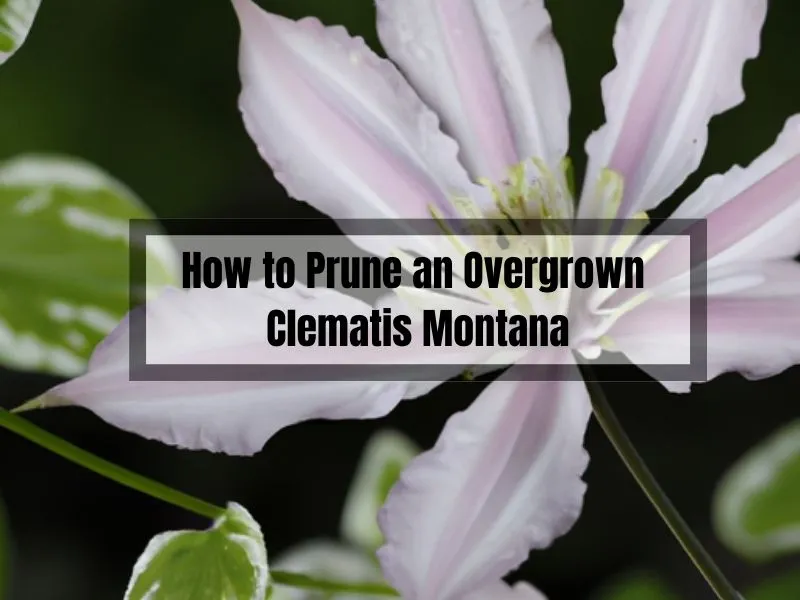
Pruning Overgrown Clematis Montana
If your Clematis Montana has become overgrown, unruly, or less vibrant over the years, pruning it is a great way to rejuvenate its beauty and ensure it thrives for years to come.
Pruning is a simple process that can be done with just a few tools and a little bit of knowledge. In this section, we will cover the basics of pruning an overgrown Clematis Montana.
Why Prune
Pruning an overgrown Clematis Montana is important for a few reasons. First, it helps to control the size and shape of the plant. If left unpruned, a Clematis Montana can become quite large and unwieldy, which can make it difficult to manage. Pruning helps to keep the plant under control and looking its best.
Second, pruning helps to promote healthy growth and flowering. By removing dead, diseased, or damaged stems, you can help to prevent the spread of disease and pests, and encourage new growth and flowering.
Best Time to Prune
The best time to prune an overgrown Clematis Montana is in late winter or early spring, before new growth begins. This is when the plant is dormant, and pruning won’t interfere with the growth of new shoots.
Tools Needed
To prune an overgrown Clematis Montana, you’ll need a few basic tools, including:
- A good pair of sharp secateurs
- A pruning saw for thicker stems
- A pair of gardening gloves to protect your hands
Make sure your tools are clean and sharp before you begin pruning. This will help to prevent the spread of disease and pests, and ensure clean cuts that heal quickly.
Step by Step Guide
Pruning an overgrown Clematis Montana can seem daunting, but with the right tools and techniques, it can be a manageable task. Here’s a step-by-step guide to help you get started:
- Assess the plant: Before pruning, take a close look at your Clematis Montana. Note any damaged or diseased stems, as well as areas where the plant has become tangled or overgrown. This will help you identify which areas need to be pruned.
- Choose your tools: For pruning Clematis Montana, you’ll need a pair of sharp, clean secateurs. If you’re dealing with thicker stems, you may also need a pair of loppers or a pruning saw.
- Start pruning: Begin by cutting back any damaged or diseased stems to healthy growth. Then, identify the oldest stems and cut them back to the base of the plant. This will encourage new growth and help to rejuvenate the plant.
- Thin out the growth: Next, thin out any congested or tangled growth, cutting back stems to a healthy bud or side shoot. This will help to improve air circulation and prevent the plant from becoming too dense.
- Cut back to a pair of healthy buds: Finally, cut back the remaining stems to a pair of healthy buds. This will help to promote bushy growth and encourage the plant to produce more flowers.
Remember, pruning Clematis Montana can be a gradual process, and it’s important not to remove too much growth at once. With regular pruning, you can keep your Clematis Montana healthy and looking its best.
How Often Should You Prune
Pruning Clematis Montana is an essential part of keeping it healthy and looking its best. But how often should you prune it? The answer depends on the type of Clematis Montana you have and how you want it to grow in your garden.
If you have a fast-growing variety, you may need to prune it more often to keep it under control. On the other hand, if you have a slower-growing variety, you may only need to prune it once a year to keep it looking neat and tidy.
Generally, it’s best to prune your Clematis Montana in the spring after it has finished flowering. This will give it plenty of time to recover before the next growing season. However, if you have a particularly overgrown plant, you may need to prune it back more aggressively in the fall or winter.
When pruning, it’s important to remove any dead or damaged wood, as well as any weak or crossing branches. This will help to promote healthy growth and prevent disease. You should also cut back any old wood to encourage new growth, and remove any suckers that are growing from the base of the plant.
Overall, pruning your Clematis Montana is a simple and rewarding task that will help to keep it healthy and looking its best. By following these simple tips, you can ensure that your plant grows strong and beautiful year after year.
What Happens If You Don’t Prune
If you don’t prune your Clematis Montana, it’s likely to turn into a mass of tangled growth with flowers just at the top. This is because Clematis Montana is a very vigorous plant that can grow up to 20 feet tall. If left unpruned, it can become a tangled mess of stems and foliage that can be difficult to manage.
One of the main reasons for pruning Clematis Montana is to control its growth and prevent it from becoming too large. If you don’t prune it, it can quickly outgrow its space and become unmanageable. This can be a problem if you have limited space in your garden or if you have other plants that need room to grow.
Another reason to prune Clematis Montana is to encourage it to produce more flowers. If you don’t prune it, the plant will focus its energy on producing new growth instead of flowers. This means you may not get as many blooms as you would like.
Finally, pruning Clematis Montana can help keep the plant healthy. By removing dead or damaged stems, you can prevent diseases from spreading and ensure that the plant remains strong and healthy.
Overall, if you want to keep your Clematis Montana healthy and looking its best, it’s important to prune it regularly. By doing so, you can control its growth, encourage it to produce more flowers, and keep it healthy and strong.
Can Clematis Montana Be Hard Pruned
If your Clematis Montana has become overgrown and unruly, you may be wondering if it can be hard pruned. The answer is yes, but with some caution.
Clematis Montana is a vigorous grower, and it can quickly become too large for its space. Hard pruning can help to control its growth and rejuvenate an old plant. However, it’s important to note that hard pruning can also reduce or eliminate blooms for the current growing season.
When hard pruning Clematis Montana, it’s best to do so in late winter or early spring before new growth begins. Cut the plant back to within 12 to 18 inches of the ground, leaving only a few healthy buds on each stem. This will encourage new growth and help to keep the plant under control.
It’s important to note that hard pruning should only be done on established plants that are at least three years old. Younger plants should be pruned lightly to encourage growth and shape the plant.
Remember to always use clean, sharp tools when pruning Clematis Montana to avoid damaging the plant. And be patient – it may take a season or two for the plant to fully recover from hard pruning.
Overall, hard pruning Clematis Montana can be an effective way to control its growth and rejuvenate an old plant. Just be sure to do so with caution and at the appropriate time of year.
Signs That Your Clematis Montana Needs Pruning
Not sure if your Clematis Montana is ready for a trim? Here are some telltale signs that it’s time to grab your secateurs:
- Overgrown and tangled stems: If your plant looks like it’s auditioning for the role of Rapunzel, it’s definitely time for a haircut.
- Reduced flowering: Are there fewer flowers than you’d expect, or have they stopped blooming altogether? This could be a sign that your plant needs some pruning love.
- Stunted growth: If your Clematis Montana seems to be struggling to grow, it might be time to give it a little trim to help it along.
FAQs
When is the best time to plant a Clematis Montana?
The ideal time to plant a Clematis Montana is during the autumn or spring when the soil is moist and temperatures are milder.
How fast does Clematis Montana grow?
Clematis Montana is a vigorous grower and can reach heights of up to 30 feet (9 meters) in just a few years.
What is the ideal location for planting a Clematis Montana?
Clematis Montana thrives in a sunny or partially shaded spot with well-drained soil. Make sure to give it plenty of room to grow and a sturdy support structure to climb.
Can I prune my Clematis Montana in the fall or winter?
It’s best to prune Clematis Montana in the spring, as pruning during the fall or winter can lead to frost damage or weakened growth.
How often should I prune my Clematis Montana?
Pruning frequency depends on the plant’s growth and overall health. Generally, it’s a good idea to give your Clematis Montana a thorough pruning every few years and light maintenance pruning as needed.
Conclusion
There you have it, folks! Proper pruning is key to maintaining the health and appearance of your Clematis Montana. By following the steps outlined in this guide, you’ll be well on your way to enjoying a stunning display of blooms in your garden. So, get out there, get pruning, and don’t forget to share your experiences and tips in the comments section below. Happy gardening!
Related Posts:

